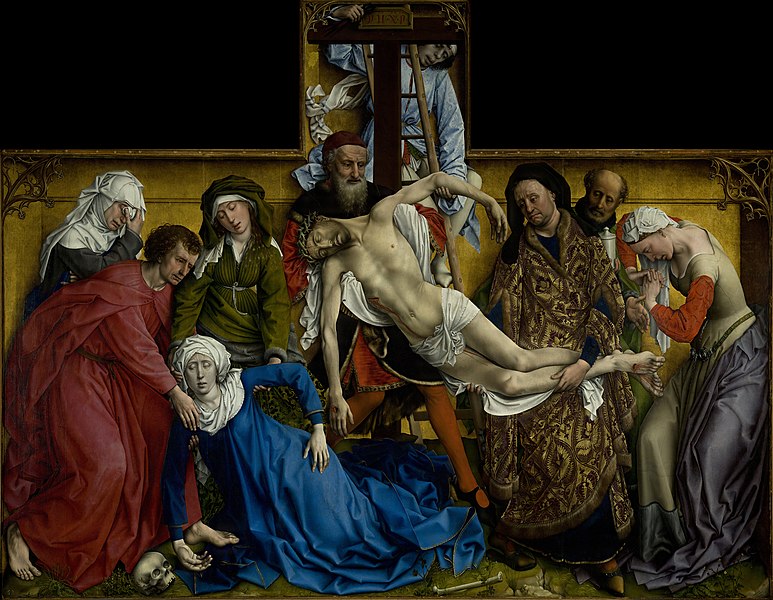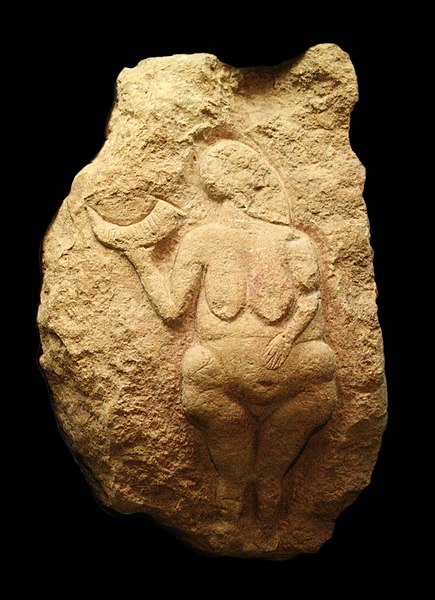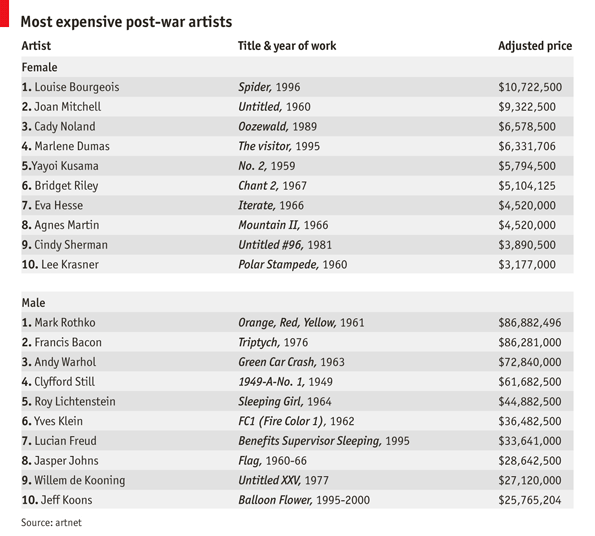 |
|
Reverse of Branch Hill Pond, Hampstead, oil on canvas by John Constable, about.1821-22. Recently discovered during relining at the Victoria and Albert Museum, London.
|
As everyone knows, the Barbizon and Impressionist painters invented plein air painting—except, of course, that they didn’t.
An Italian trip had long been a requisite of study for the best European painters. They went to study the masters of the Italian Renaissance, but also to draw and paint the artifacts of Imperial Rome littering the Italian landscape.
Among the values acquired in these southern trips was the idea that color was as important as line. This freed painters from a strict drawing-values-color methodology, which in turn got them out of the studio and into the fresh air. By the eighteenth century, oil sketching was widespread throughout Europe. There is a long list of painters who worked outdoors long before the practice was dignified with a name.
 |
|
Seascape Study with Rain Cloud, John Constable, 1827. Don’t you wish you’d painted that?
|
One of the finest was John Constable. Recently the Victoria & Albert Museum announced the discovery of a Constable sketch in the lining of his Branch Hill Pond: Hampstead. The latter painting was being cleaned and relined in anticipation of a blockbuster Constable show scheduled for next fall.
Given that the V&A already owned an impressive collection of Constable sketches, I’m saving my pennies to go. (These sketches are published in John Constable: Oil Sketches from the Victoria and Albert Museum.)
 |
|
Hampstead Stormy Sky,1814, John Constable
|
Constable worked en plein air from his youth forward. His sketches are as free and fresh as those of any 21st century master, which should humble those of us for whom freshness is the only virtue in painting.
Most of his field brushwork is thin and dry, with a few points of impasto in the foliage or sky. (These spots are frequently flattened in his surviving canvases; Constable, like the rest of us, stacked his field canvases while wet.) He worked on tinted grounds ranging from brown to reddish-brown to pink. He allowed that color to show through as part of his work, and carried that technique into his studio paintings.
 |
|
Weymouth Bay, with Jordan Hill, 1816, John Constable.
|
Constable used these sketches for color references, to record cloud formations and their patterns of light and shade, and to record the details of different species of trees. He often noted the location, the date and time, and the wind conditions on the back of his canvas. From this we know that many of these sketches were completed very quickly, often in the space of an hour.
 |
|
Stonehenge, 1835, John Constable. Watercolor on paper.
|
At the end of his career, Constable abandoned oil sketching for watercolor, due in part to the privations of age and in part from an appreciation of watercolor’s spontaneity. Constable’s late studio paintings were criticized for “scattering his lights about in a manner that deprives it of repose, and renders it almost painful for the eye to look upon.” (Wilton) That increased reliance on white in his oils may have been related to his increased use of watercolor as a sketch medium. But it also put him squarely on-trend with what would follow, something his critics missed entirely.
Let me know if you’re interested in painting with me in Maine in 2014 or Rochester at any time. Click here for more information on my Maine workshops!


















.jpg/594px-Paintings_from_the_Chauvet_cave_(museum_replica).jpg)














